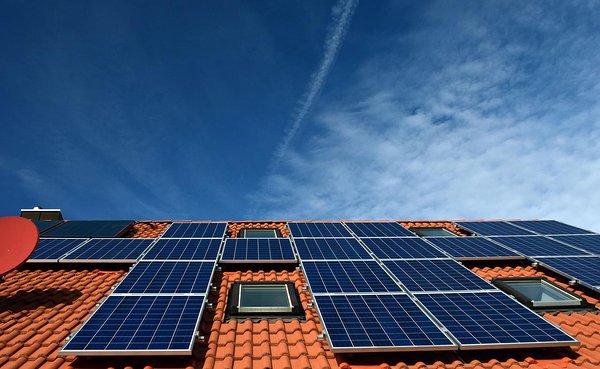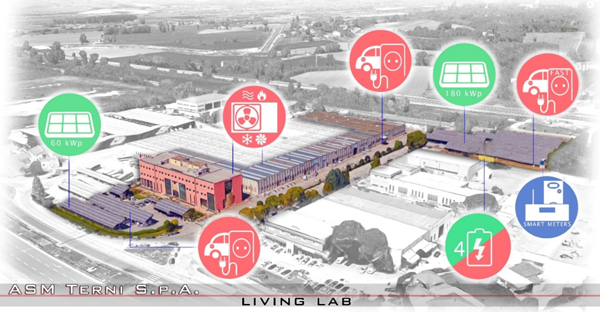Exploiting flexibility marketplace for boosting smart grids
In a National electric power system, the electrical distribution network is the backbone of the smart cities and its unavailability interrupts crucial services for the citizens, like the telecommunication services, heating, cooling and enlightenment. In the daily life, people pay attention to the electric energy mainly when it is absent. Therefore, in order to avoid outages, the distribution system operators need to carefully manage the residual hosting capacity when they design a new development plan.
The hosting capacity is the capability of an electric system to allow connection of new generators/loads which have certain sizes and characteristics. Normally, in order to adapt the infrastructure to the upcoming needs of the users, the operators carry out development plans that mainly deals with hosting capacity.
Traditionally, these plans are deployed installing new equipment, replacing cables, adding lines and transformers, which usually require high capital expenditures for the installation. The needs of economic investments is going to increase in the upcoming future because of the penetration of distributed generation and electric mobility. Indeed, in the last years, the number of connected distributed generators is increasing as well as the share of electric vehicles. Therefore, the electrification of mobility and distributed generation require a notable improvement of the power distribution network and the hosting capacity should increase accordingly.
In this context, the operators need new levers for the management of energy flows in order to reduce capital expenditures and increase sustainability, maximizing green energy consumptions. This implies that the distribution system operators should acquire flexibility resources for the optimal management of the grid and for avoiding congestions. Flexibility resources would be mainly managed for shaving peak of consumption or production producing different benefits. On the one hand, they should enable postponing investments on the infrastructure and therefore the time for new connections is reduced because there are not needs of additional works, on the other hand, new business models are enabled and sustainability of the electric power system is increased.
The enabling technology of flexibility marketplace may be the blockchain and the implementation of smart contracts, in this respect, the SOFIE federative approach has been tested in the pilot site of Terni, notably at the headquarters of the public utility ASM Terni S.p.A. located in the center of Italy. This headquarters is a sort of living lab (see picture below) as well as an eligible site for evaluating this mechanisms since there are 3 EV charging stations (2 x 22 kW, 1 x 45 kW), 2 PV plants (185 and 60 kW) a storage system (72 kW and 66 kWh) and the controllable loads of an office buildings/warehouse with HVAC for heating and cooling. The marketplace is already in operation and the results of the demonstration activities will be shared soon.
In the demonstration activities, the SOFIE platform enables DSO acquiring the resources for improving technical management of the network, this technical beneficial would enrich the business models already enable by means of the smart contract technology implemented by the platform. In the marketplace of energy flexibility, the operator can choose the resources based on the forecasting of energy flows in the grid for reducing upcoming problems in terms of overloads and over voltages.
Photo by Pixabay
Illustration by ASM Terni S.p.A

